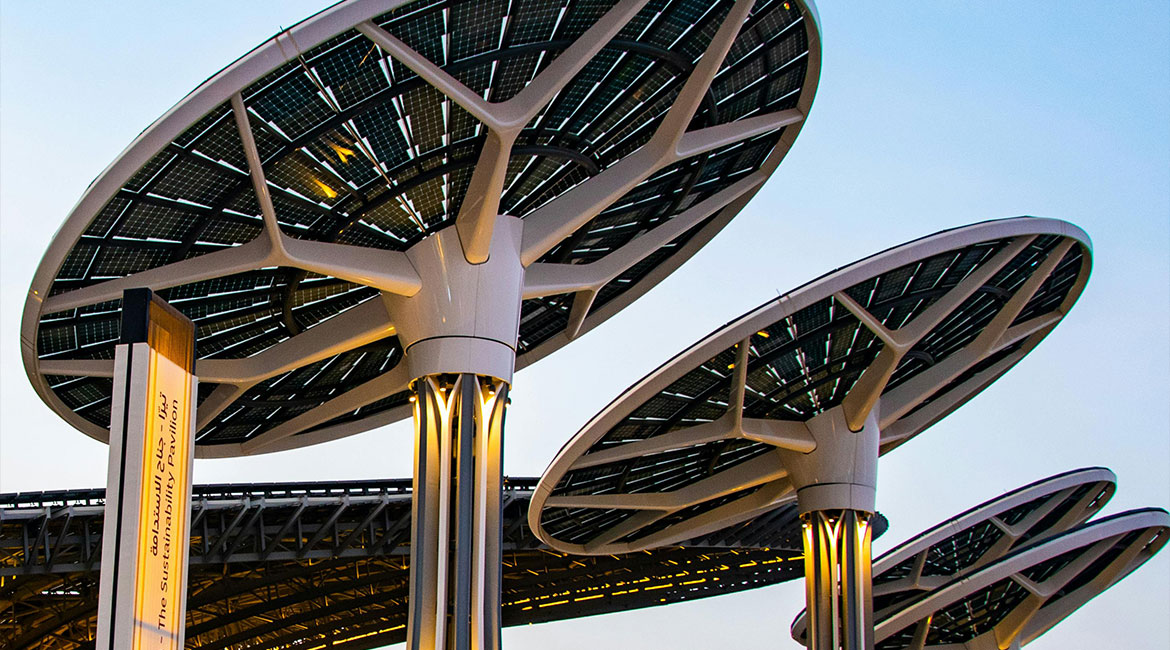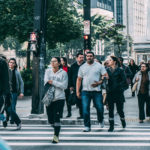The concept of smart cities has long promised a future where urban living is more efficient, sustainable, and responsive to the needs of citizens. But in recent years, a new technological force has emerged to supercharge this vision: generative AI.
No longer confined to creative tasks like writing or image generation, generative AI is now being woven into the very fabric of urban innovation, helping cities become smarter in ways we couldn’t have imagined a decade ago.
Generative AI is transforming how cities plan and build
One of the most exciting applications of generative AI in smart cities is in urban planning and infrastructure design. By simulating countless scenarios, from traffic flow to energy consumption, AI models can help city planners make data-driven decisions that optimize land use, reduce emissions, and improve quality of life. Digital twins, virtual replicas of real-world environments, are now being used to test and refine city layouts before a single brick is laid.
In cities like Singapore, generative AI is already being used to model flood responses, plan emergency evacuations, and design more resilient neighborhoods. These simulations aren’t just theoretical; they’re actively shaping how cities grow and adapt to climate change, population shifts, and evolving social needs.
Generative AI is also revolutionizing how cities interact with their residents. AI-powered chatbots and virtual assistants are making public services more accessible, multilingual, and personalized. In Buenos Aires, for example, the city’s chatbot “Boti” handles millions of citizen interactions, offering everything from bike-sharing information to social care support, all powered by generative AI.
This can be exactly what cities need—technology that feels human, helpful, and immediate. It’s not just about automation; it’s about creating a more empathetic and responsive urban experience.

Mobility, safety, and sustainability are getting smarter
Transportation is another area where generative AI is making a big impact. By analyzing traffic patterns and predicting congestion, AI systems can optimize public transport schedules, reduce travel times, and even support autonomous vehicle networks. These improvements don’t just make commuting easier—they also reduce carbon emissions and improve air quality.
Public safety is also benefiting from AI-driven insights. Cities are using generative models to anticipate emergencies, allocate resources more effectively, and even detect anomalies in surveillance data. Combined with smart sensors and IoT devices, these systems create a safer, more proactive urban environment.
Behind the scenes, cloud platforms play a critical role in enabling generative AI at scale. They provide the computational power and data infrastructure needed to process vast amounts of urban data in real time. This synergy between cloud and AI allows cities to deploy solutions quickly, iterate rapidly, and scale services to meet growing demand.
This convergence of technology and society offers an opportunity to reinvent our ideas of what it means to live in community. It’s proof that when the right tools come together, we can build cities that are not only smart but also deeply human-centered.
The future is collaborative, scalable, and citizen-first
Ultimately, the success of smart cities powered by generative AI will depend on collaboration between governments, tech companies, urban planners, and citizens. The technology is here, and it’s powerful. But its true potential lies in how we choose to use it: to create cities that are inclusive, resilient, and responsive to everyone’s needs.
|
by Doğan Erbek and STF Team |




